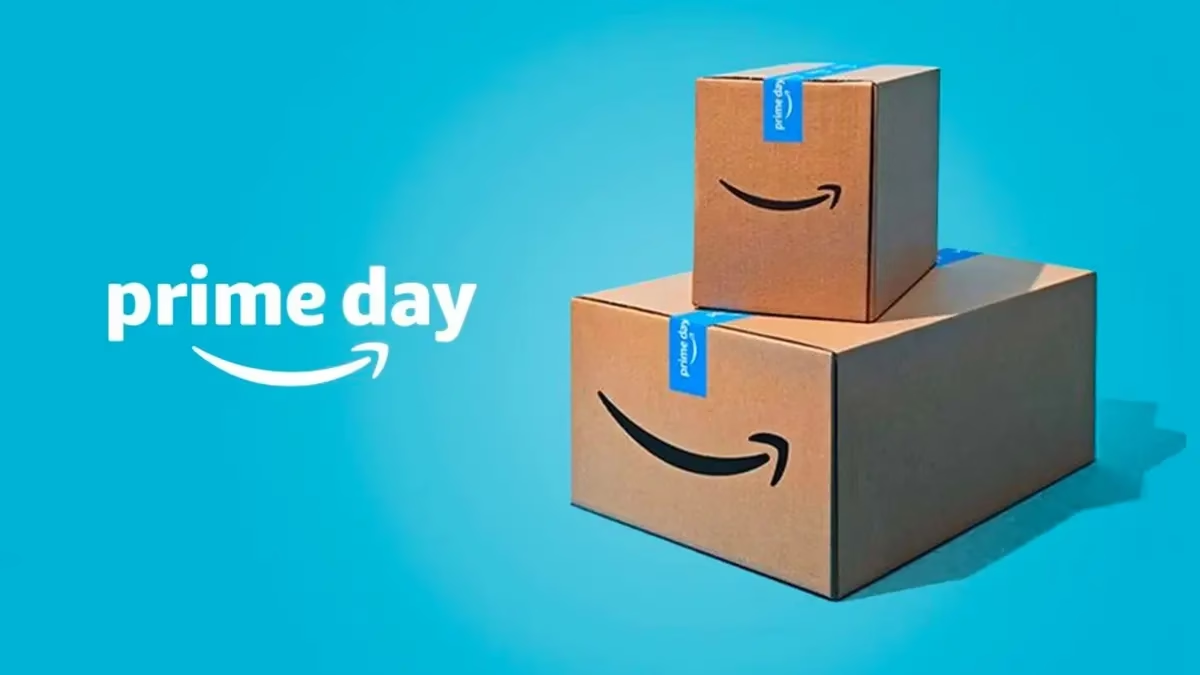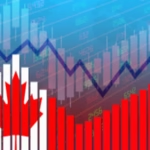The News (Short Summary)
This year’s Amazon Prime Day could look different. Many third-party sellers, especially those relying on China-made goods, are pulling back or skipping the event entirely. Steep tariffs of up to 145% on Chinese imports — introduced by President Trump — have sharply increased sellers’ costs, making it difficult to offer the deep discounts Prime Day shoppers expect. Merchants are now choosing to save inventory for full-price sales elsewhere or shift production to countries like Vietnam and Cambodia.
Why It Matters
- Impact on Money:
Fewer discounts and higher prices could make Prime Day less attractive for shoppers looking for deals. Sellers may also raise prices across the board to cover higher import costs. - Impact on Opportunities:
Businesses that move manufacturing outside China or manage inventory smartly could benefit long-term. However, smaller third-party sellers face tight margins and difficult choices this season.
MoniTip
- If you’re planning big purchases on Prime Day, set price alerts early — some deals might be limited or smaller than usual.
- Entrepreneurs should monitor shifts in supply chain strategies — moving production to Vietnam, Cambodia, or other lower-tariff countries could be a smart long-term play.
Quick Facts
- U.S. tariffs on Chinese goods now at 145%, sharply raising costs.
- Prime Day 2025 expected to span four days in July.
- Third-party sellers account for nearly 62% of Amazon’s units sold.
- U.S. shoppers spent $14.2 billion on Prime Day 2024.
- Amazon charges sellers extra fees to highlight Prime Day deals ($500–$1,000).








